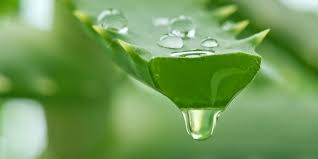
What is aloe vera?
Aloe vera is a hot climate plant similar to the cacti, but is not actually related to the cacti but belongs to the asparagus family. Its stout spear-shaped leaves can grow up to 50 cm long.
The jelly-like interior of the leaves contains more than 220 active ingredients that have made the plant the basis of many ancient medicines, including Egyptian, Roman and Greek medicine.
Today, preparations containing aloe vera extracts are extremely popular in both the alternative medicine and cosmetic industries.
Medical aloe vera:
It is important to be aware of the fact that the genus aloe includes more than 300 species. There are over 300 species of aloe vera. However, only five of these species have medicinal properties. Of these, the most notable is the Barbados aloe, Aloe Barbadensis Miller.
The external action of aloe vera:
- It promotes wound healing and is excellent for treating surgical wounds, burns, ulcers and bedsores.
- It is effective for various skin conditions such as genital herpes, psoriasis and other skin rashes.
- It helps with joint disorders of accidental and rheumatic origin.
- Calming and nourishing dry skin, it also fights wrinkles.
- Accelerates skin regeneration, excellent exfoliator.
- Stimulates collagen production, thus promoting the production of connective tissue fibres, and kills or prevents the multiplication of many bacteria (e.g. Staphylococcus strains), so it can also be called an antibacterial agent.
- It has a significant skin soothing effect, relieving itching.